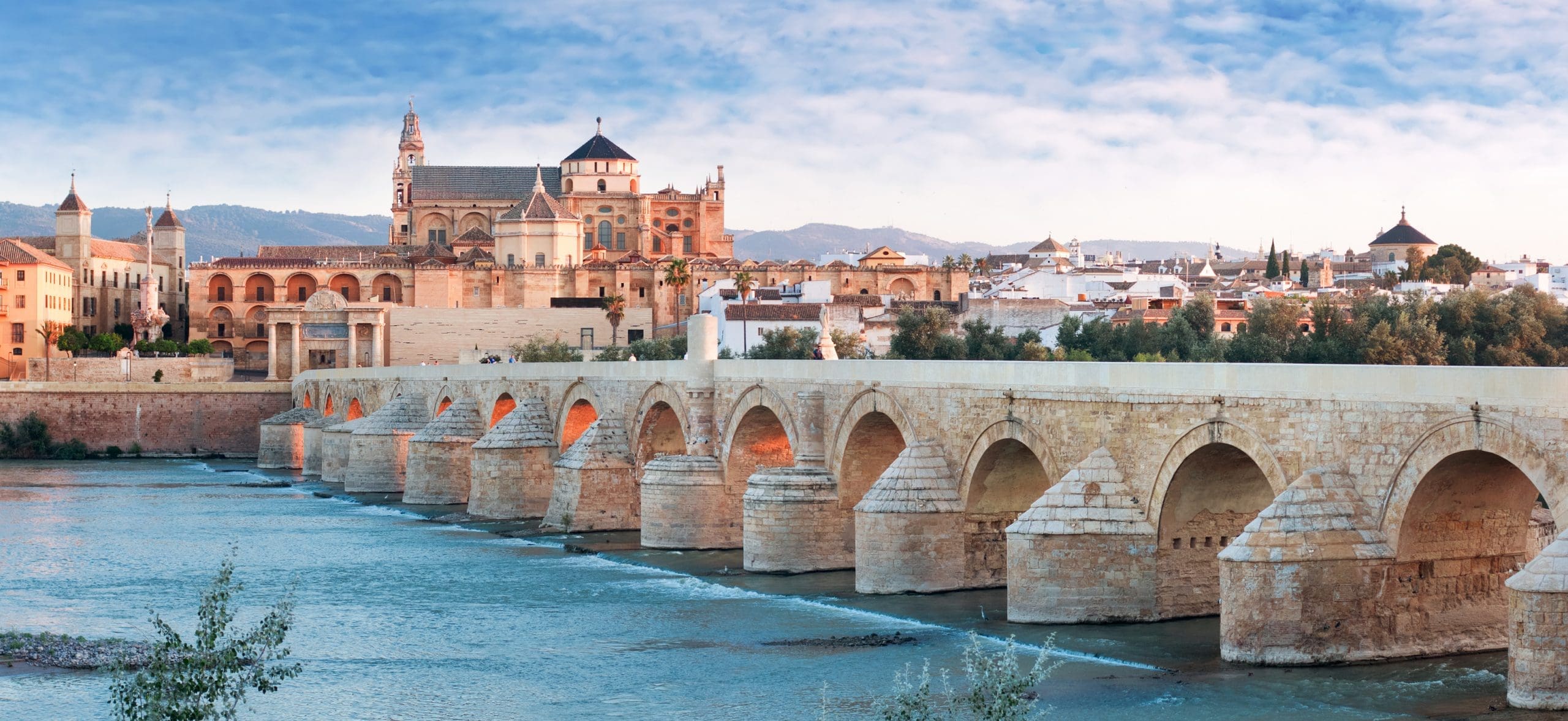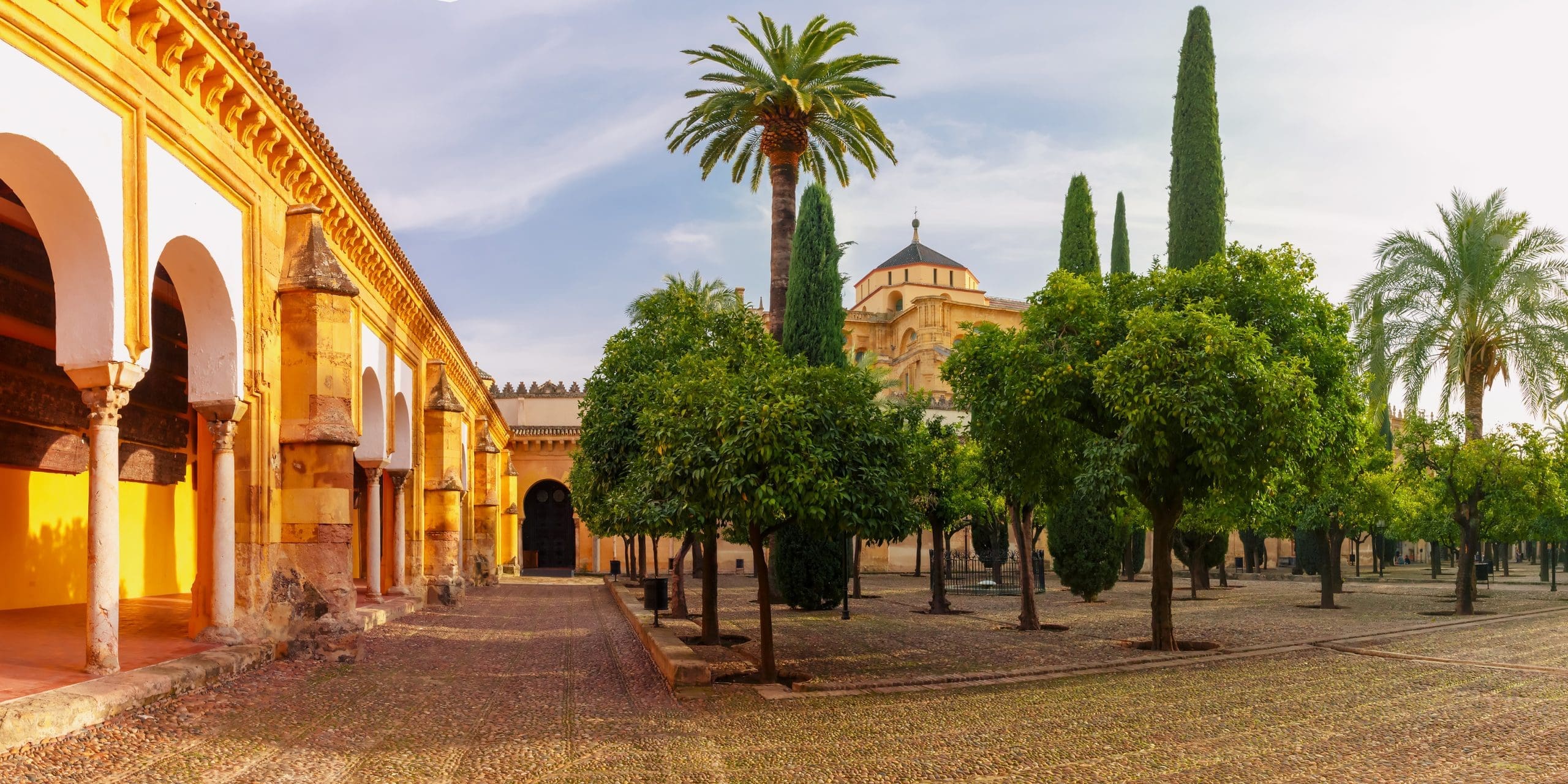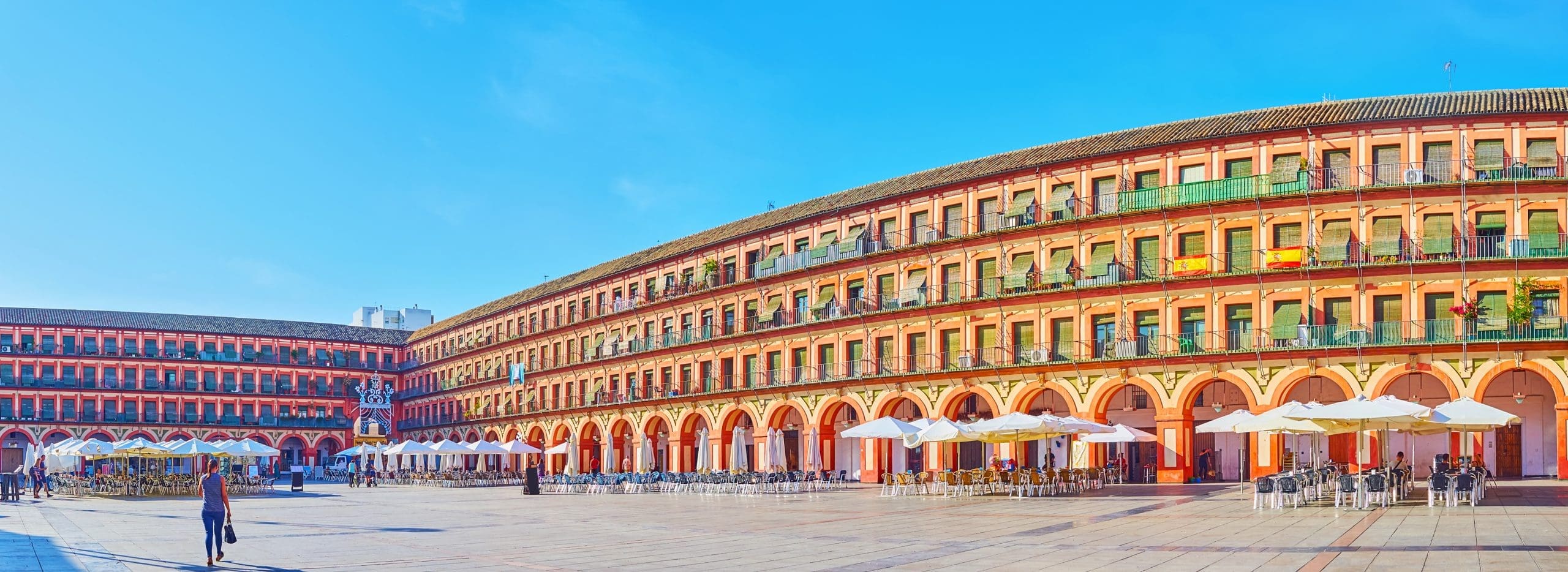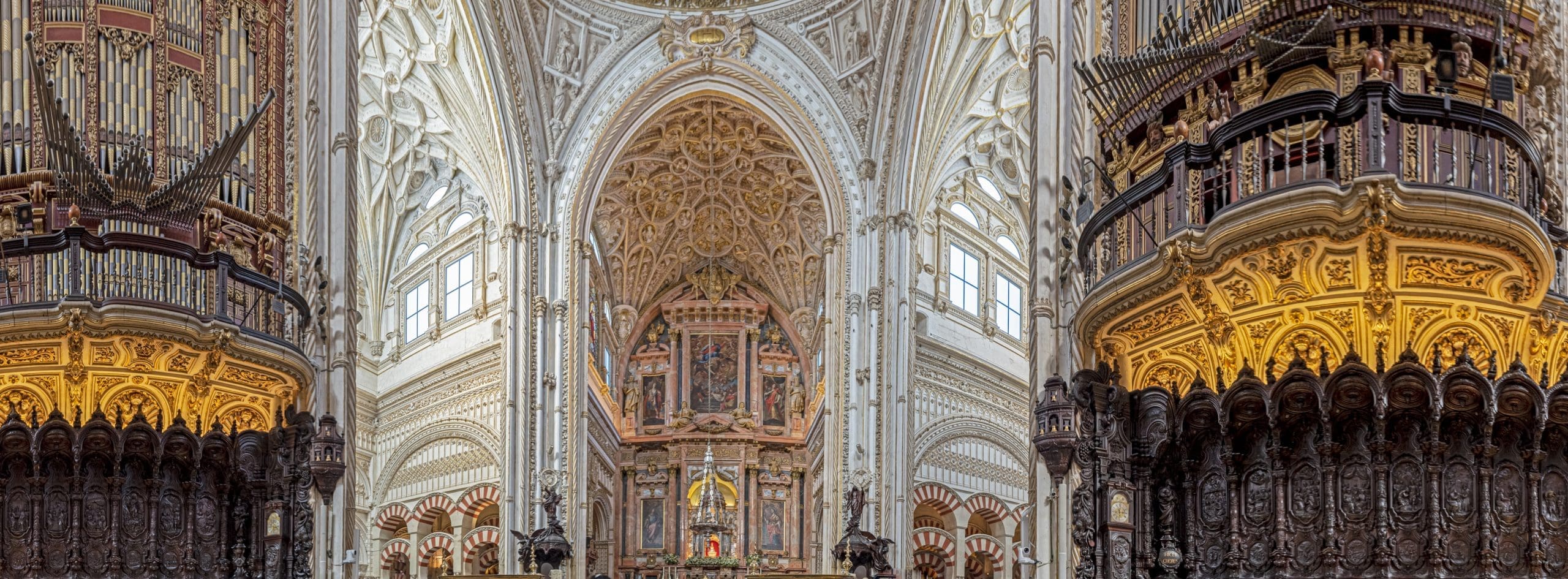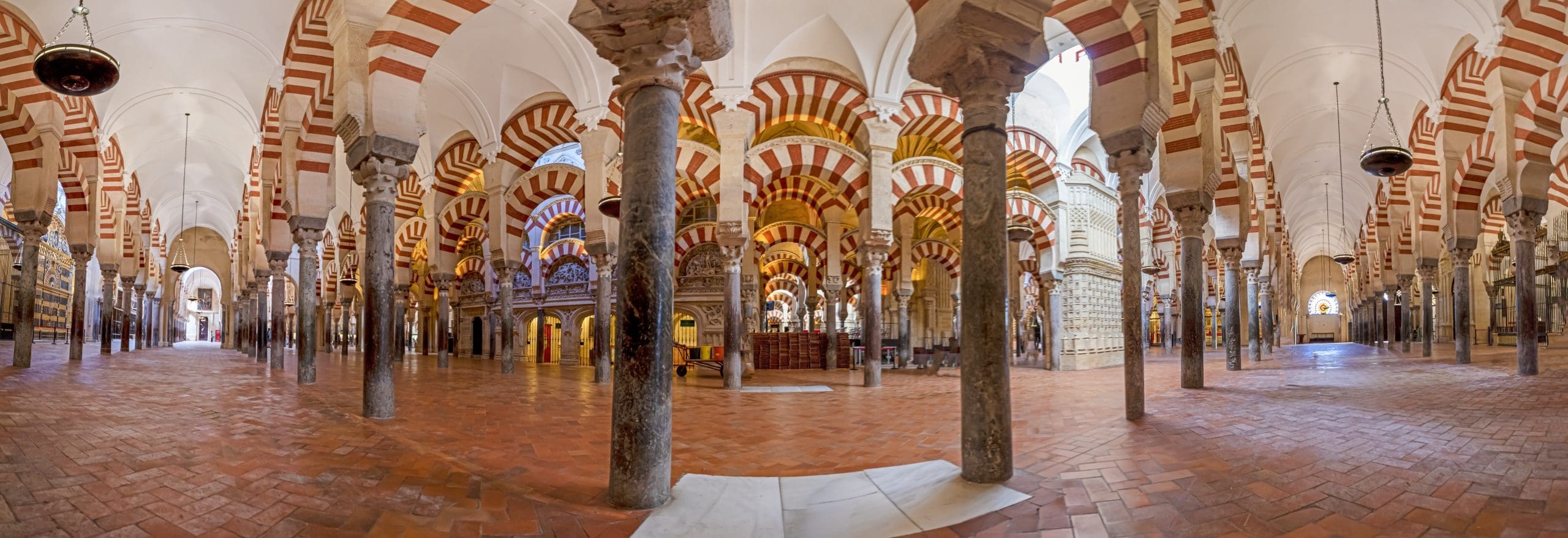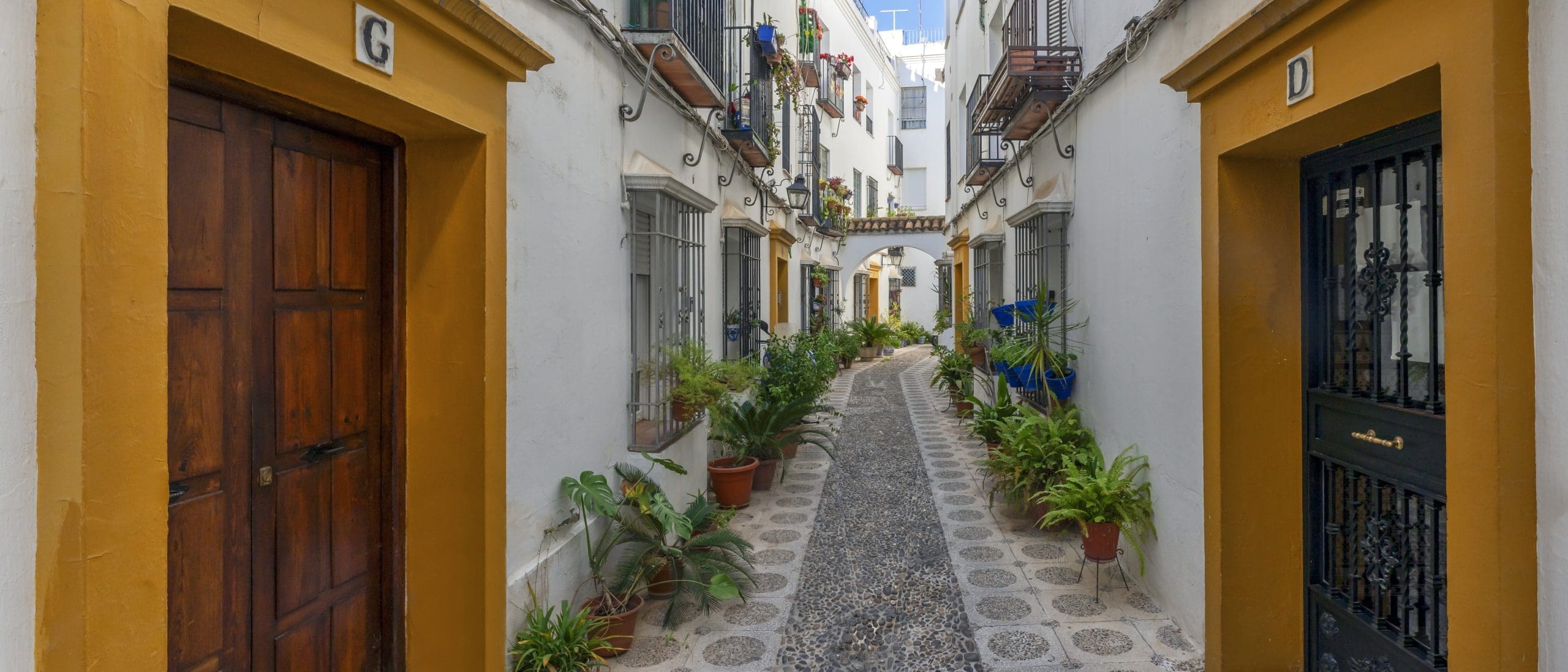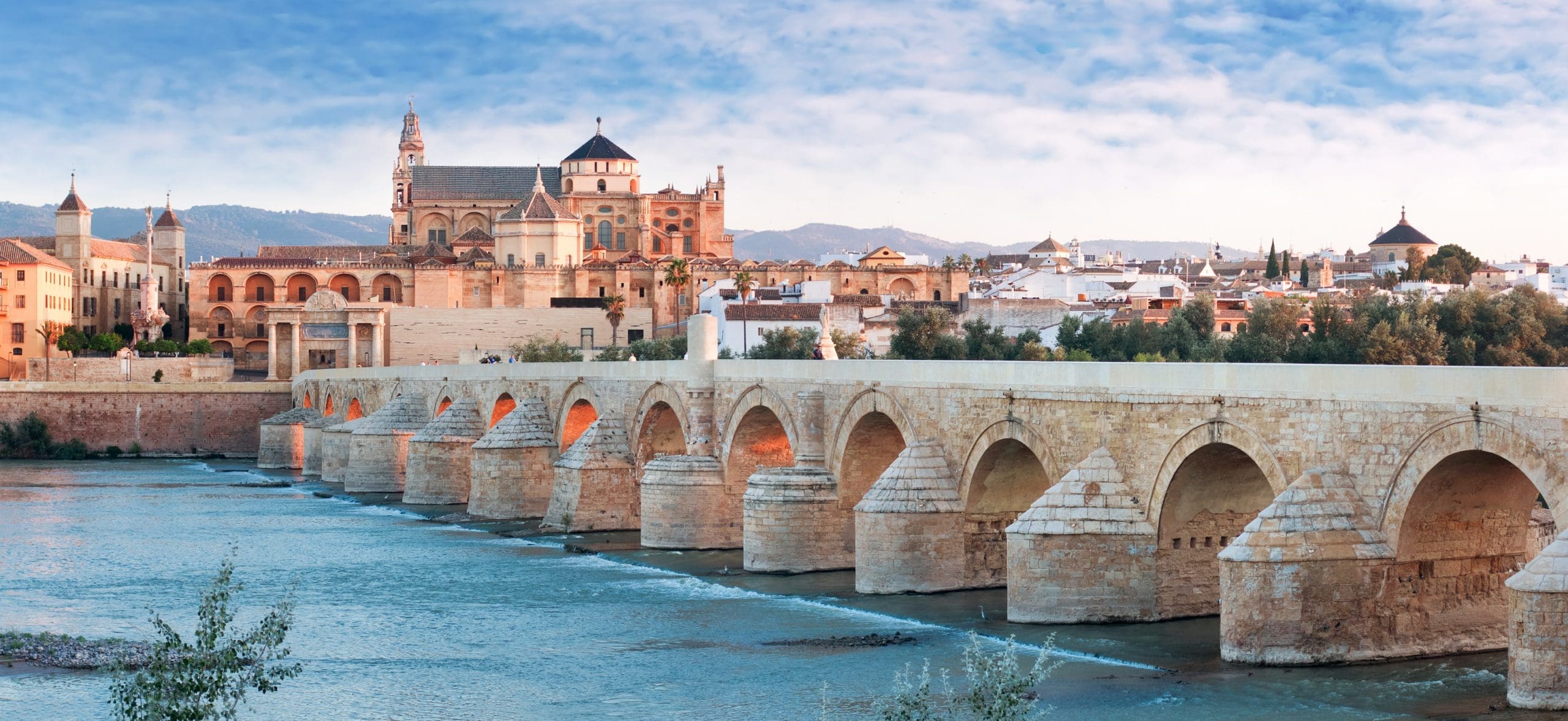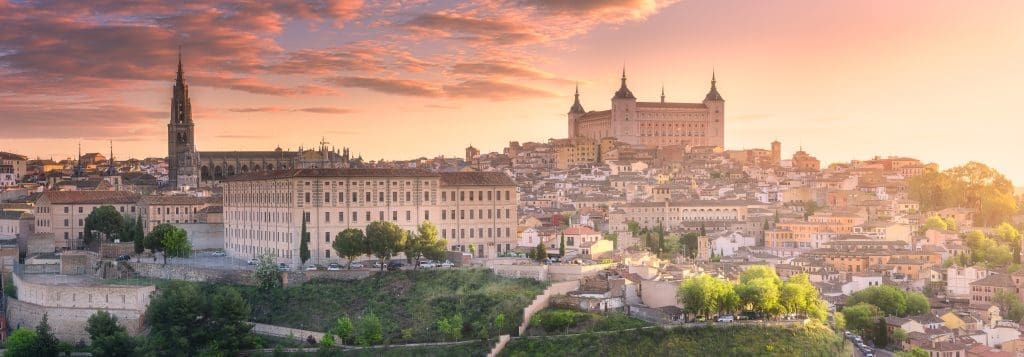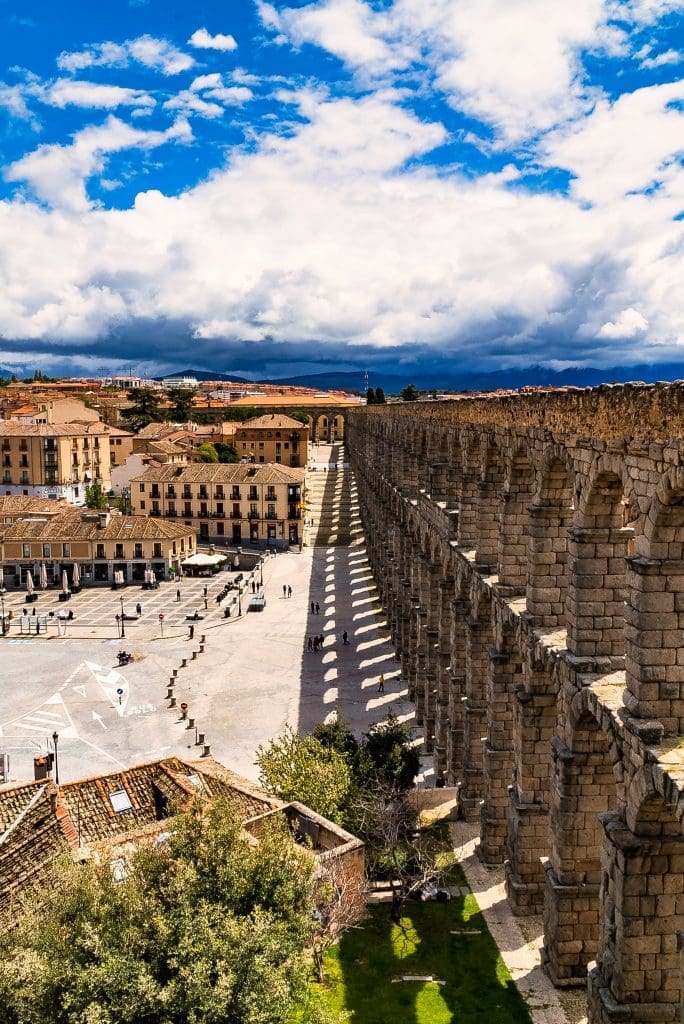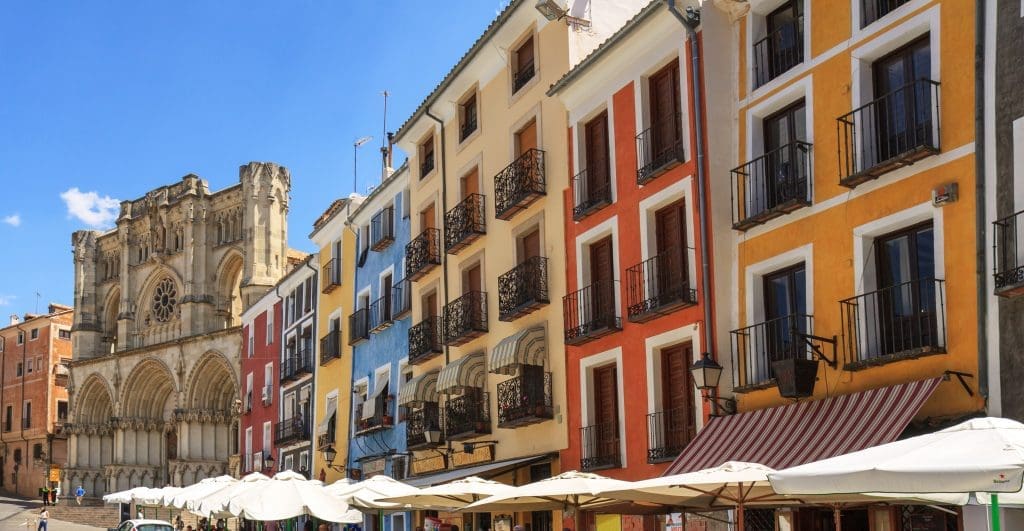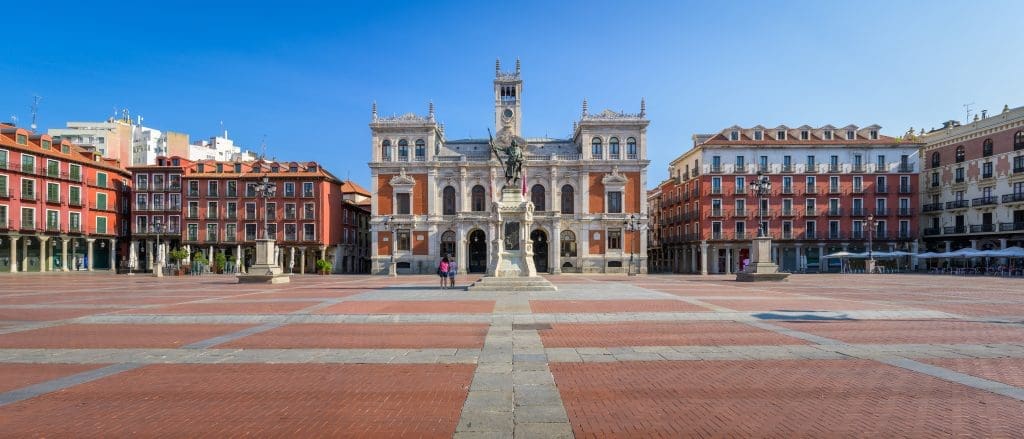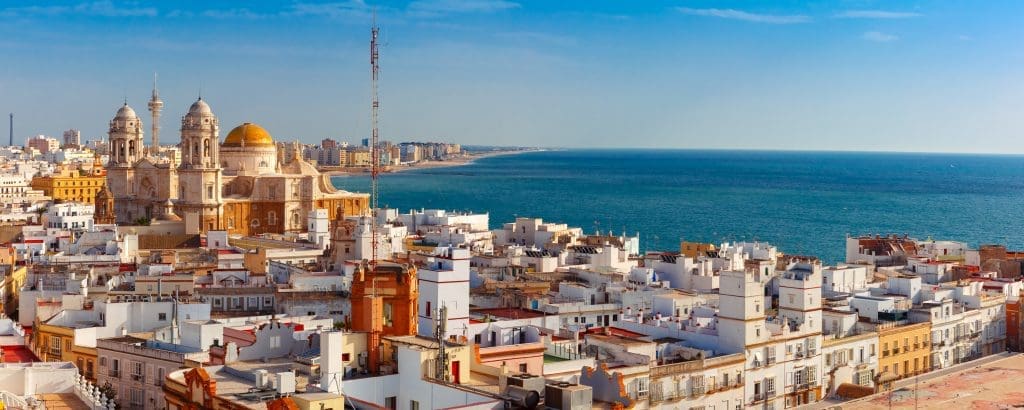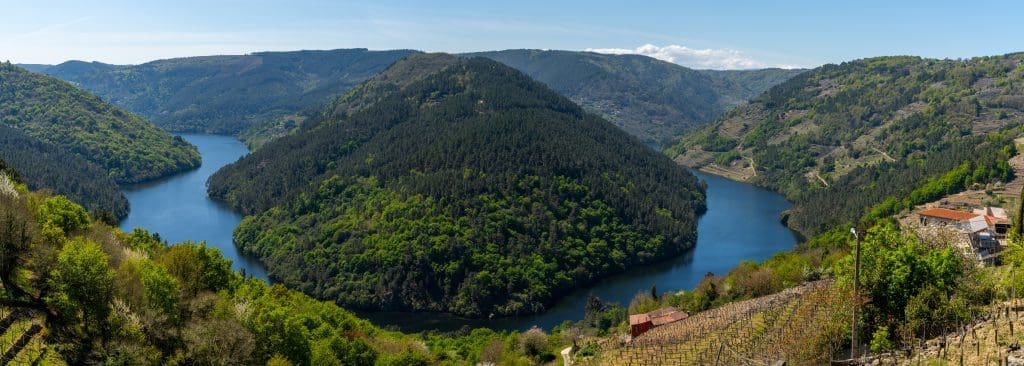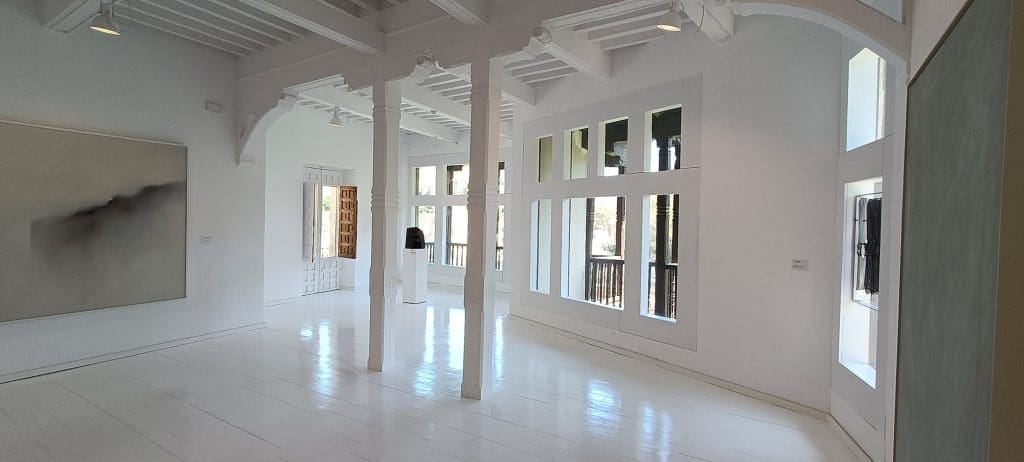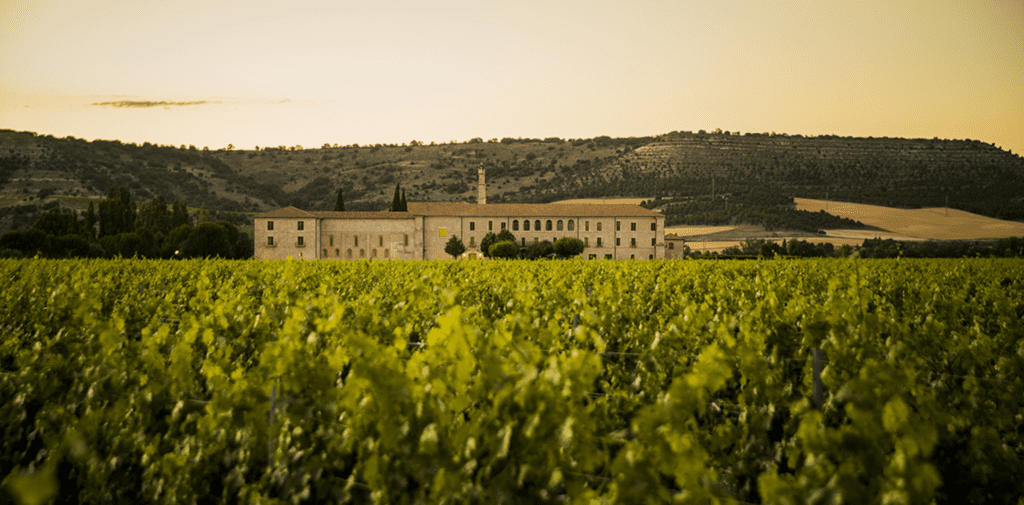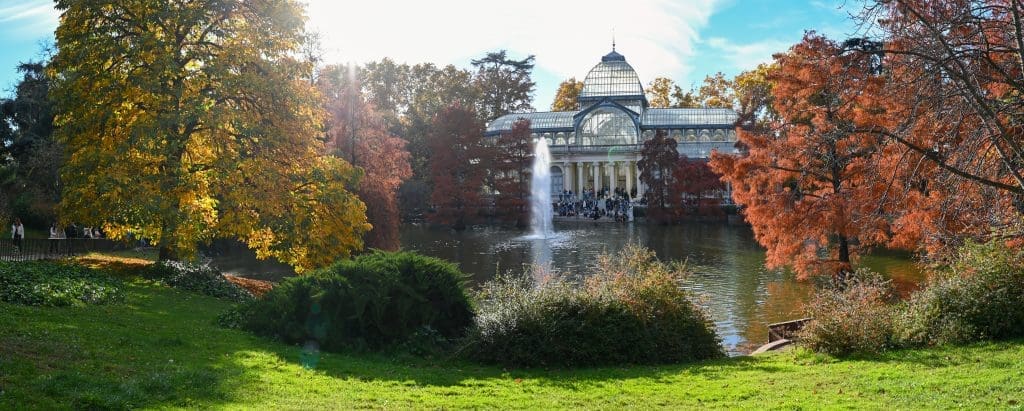Córdoba
A blend of Cultures in the Heart of Andalusia
History, art and life in a city that was once the capital of the world
Declared a UNESCO World Heritage Site, it was once the capital of Roman Hispania
Córdoba is a city where every street breathes centuries of history. Declared a UNESCO World Heritage Site, it was once the capital of Roman Hispania and later of the powerful Umayyad Caliphate of Al-Andalus. At every corner, you sense the passing of time and the crossroads of cultures that have left an indelible mark. Wandering its streets is like stepping into a glorious past, where Roman, Islamic, Jewish and Christian legacies coexist in harmony.
The most emblematic symbol of Córdoba is its Mosque–Cathedral, a masterpiece of architecture that blends Islamic and Christian styles with astonishing balance. Its endless number of columns, two-colored arches and majestic mihrab transport visitors to another age. Just a short walk away there are other treasures, such as the Alcázar of the Christian Monarchs, with its exquisite gardens, and the medieval synagogue, one of the few remaining in Spain.
The Jewish Quarter, with its labyrinth of whitewashed alleys, flower-filled balconies and hidden courtyards, is another of the city’s charms, inviting you to wander aimlessly. In May, Córdoba comes alive with the Festival of the Patios, when homes open their doors to reveal true floral sanctuaries steeped in tradition.
In addition to its monumental heritage, Córdoba enchants the visitors with its welcoming atmosphere, its gastronomy – from salmorejo, rabo de toro ( oxtail stew) to Sephardic sweets – and especially, with the warmth of its people. It is a city not just to visit, but to feel and to live intensely.
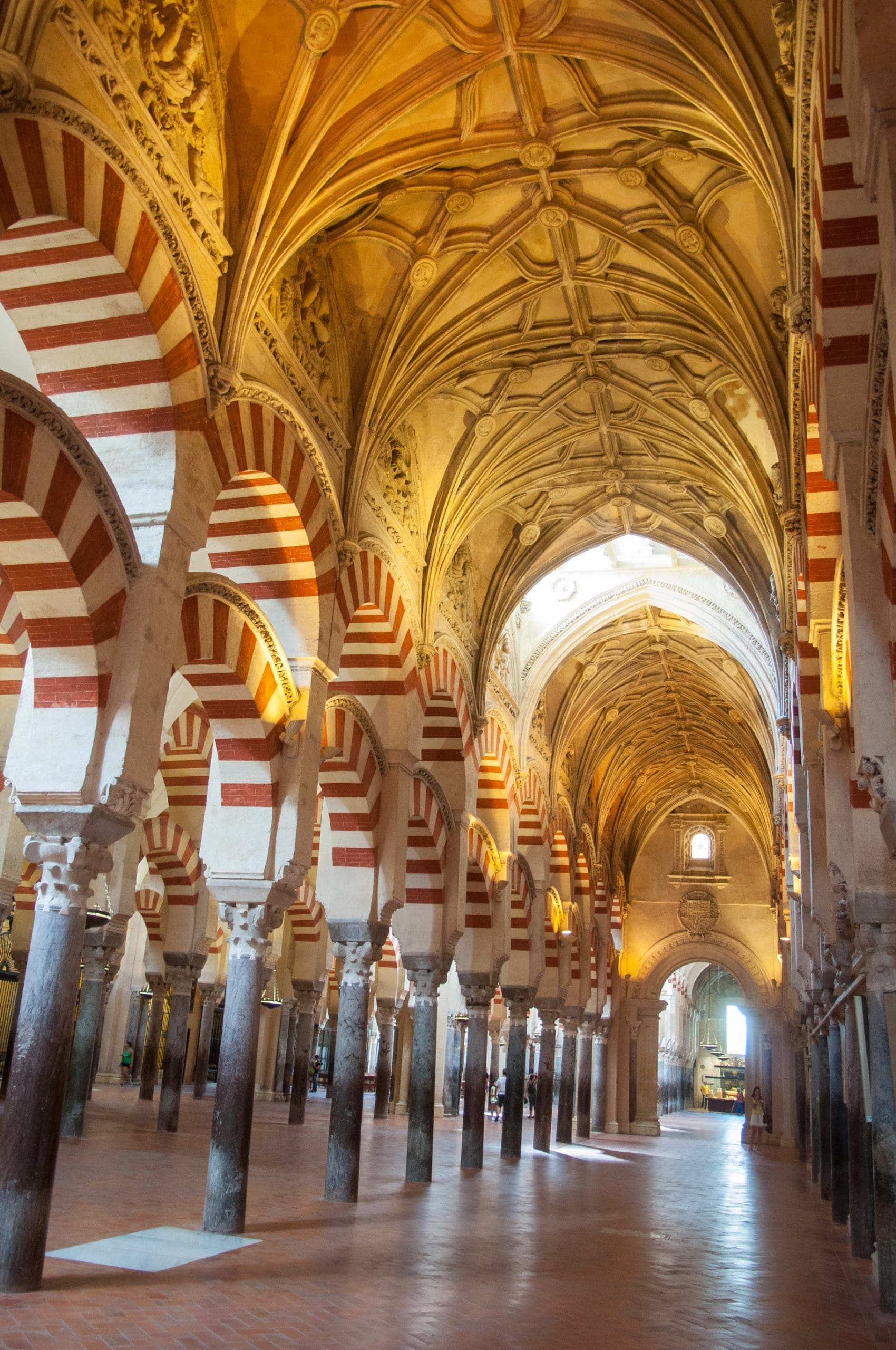

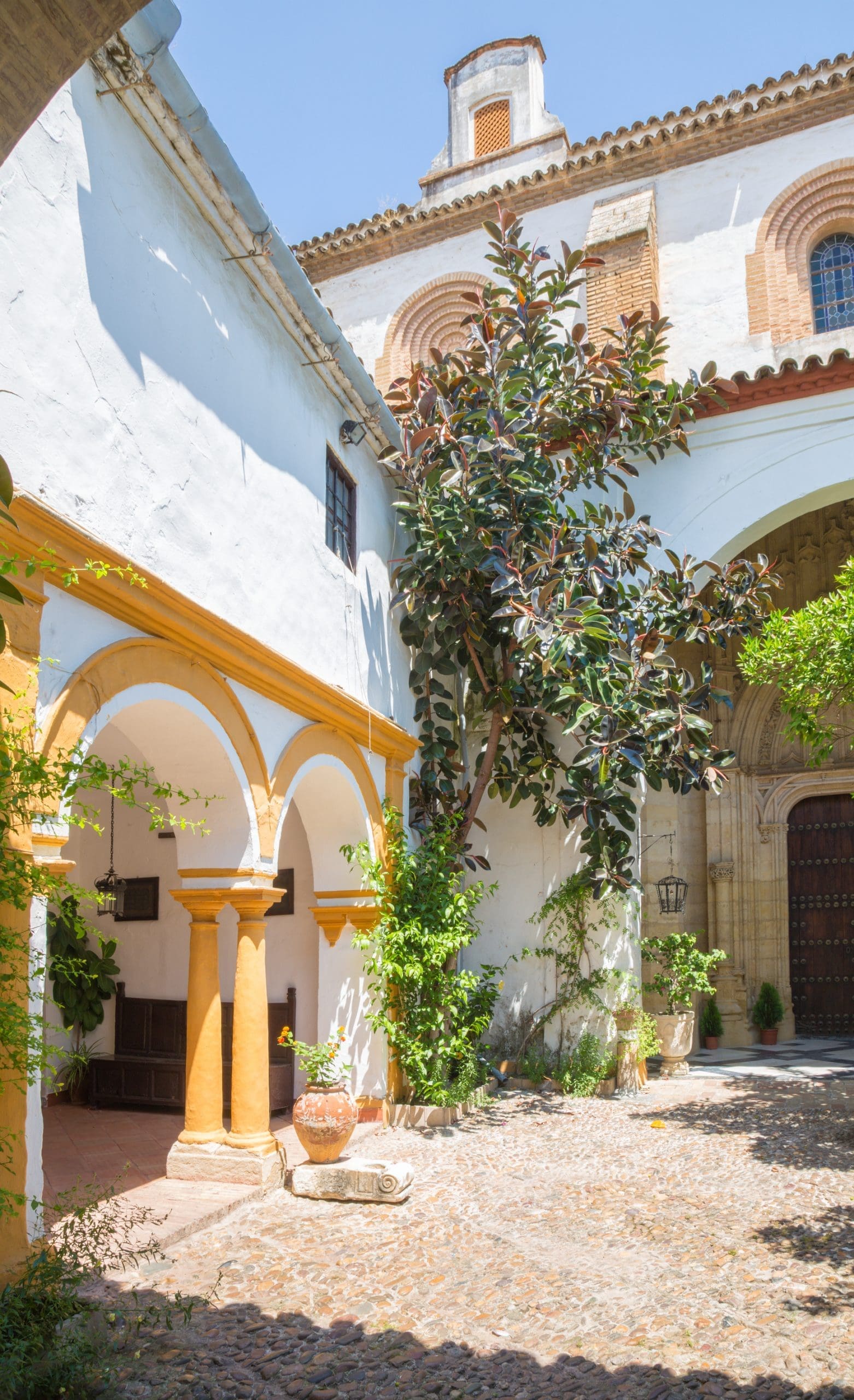
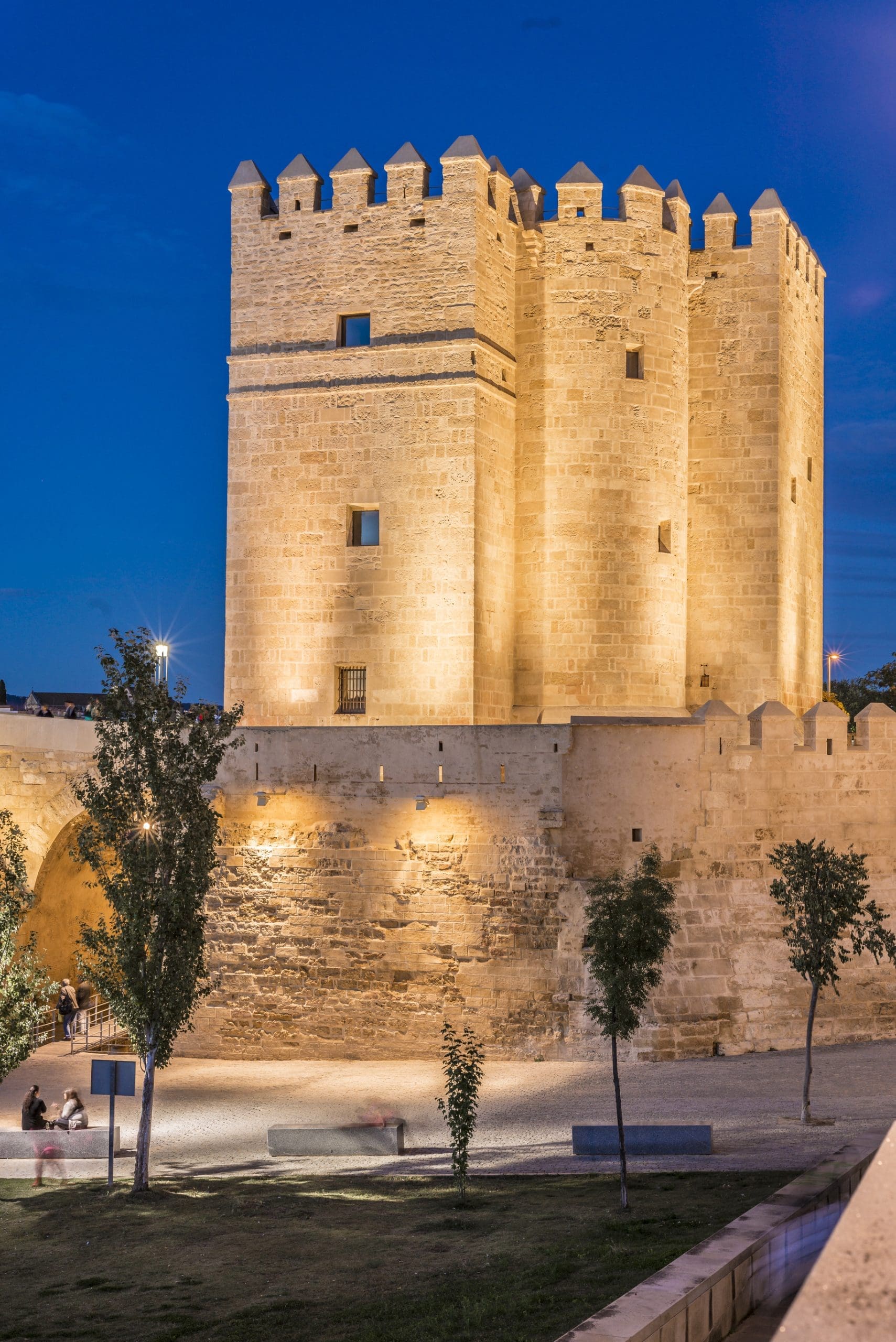

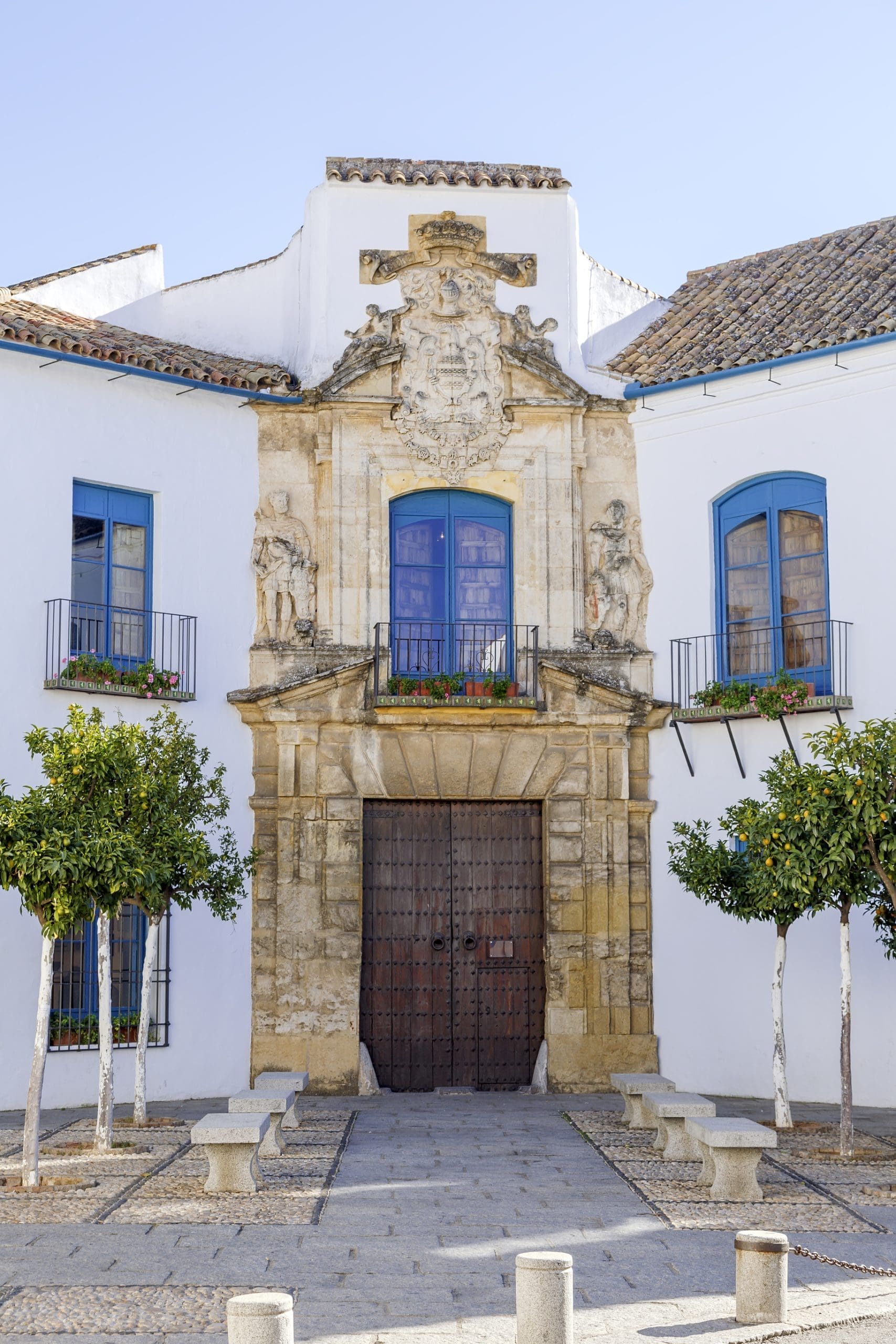
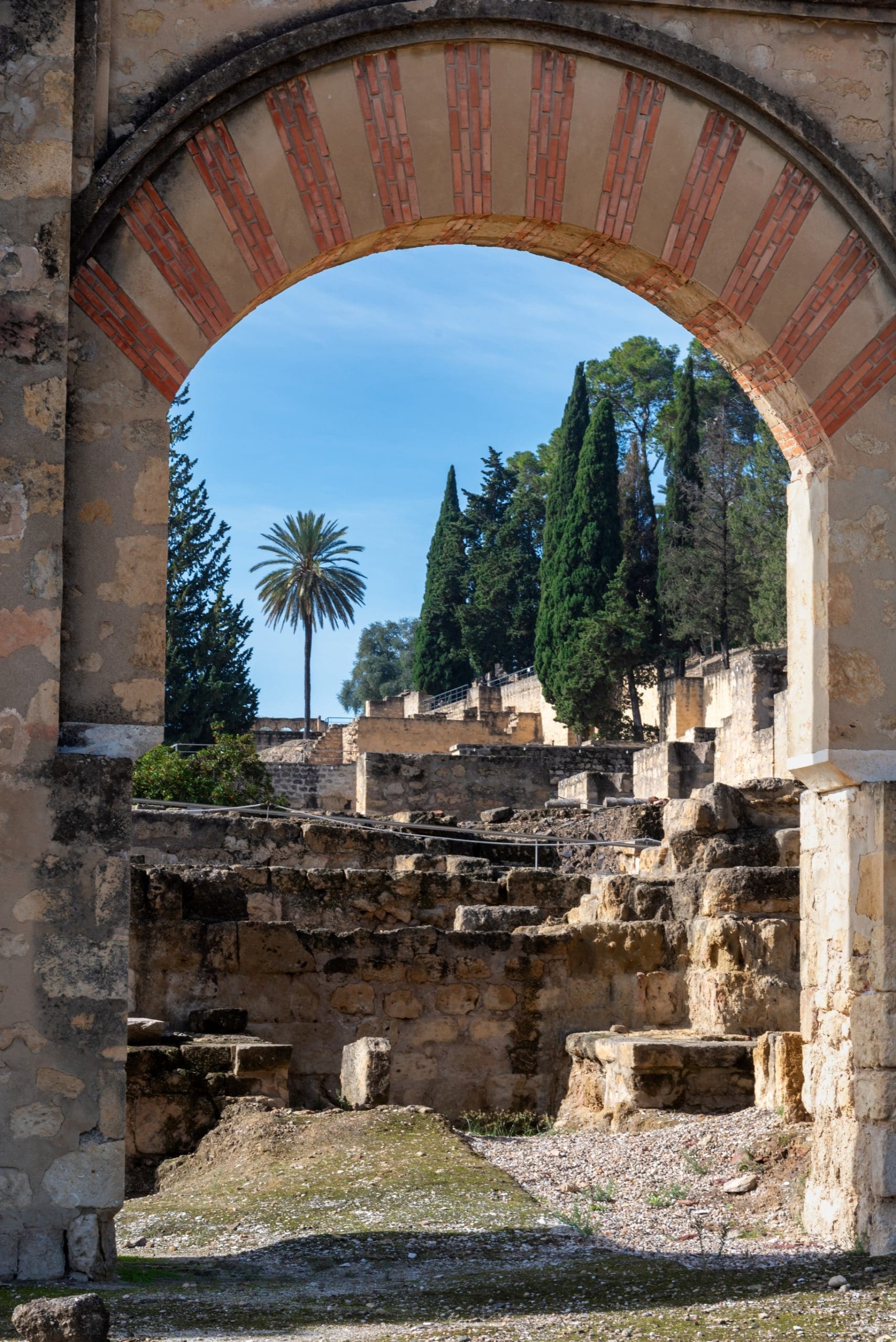
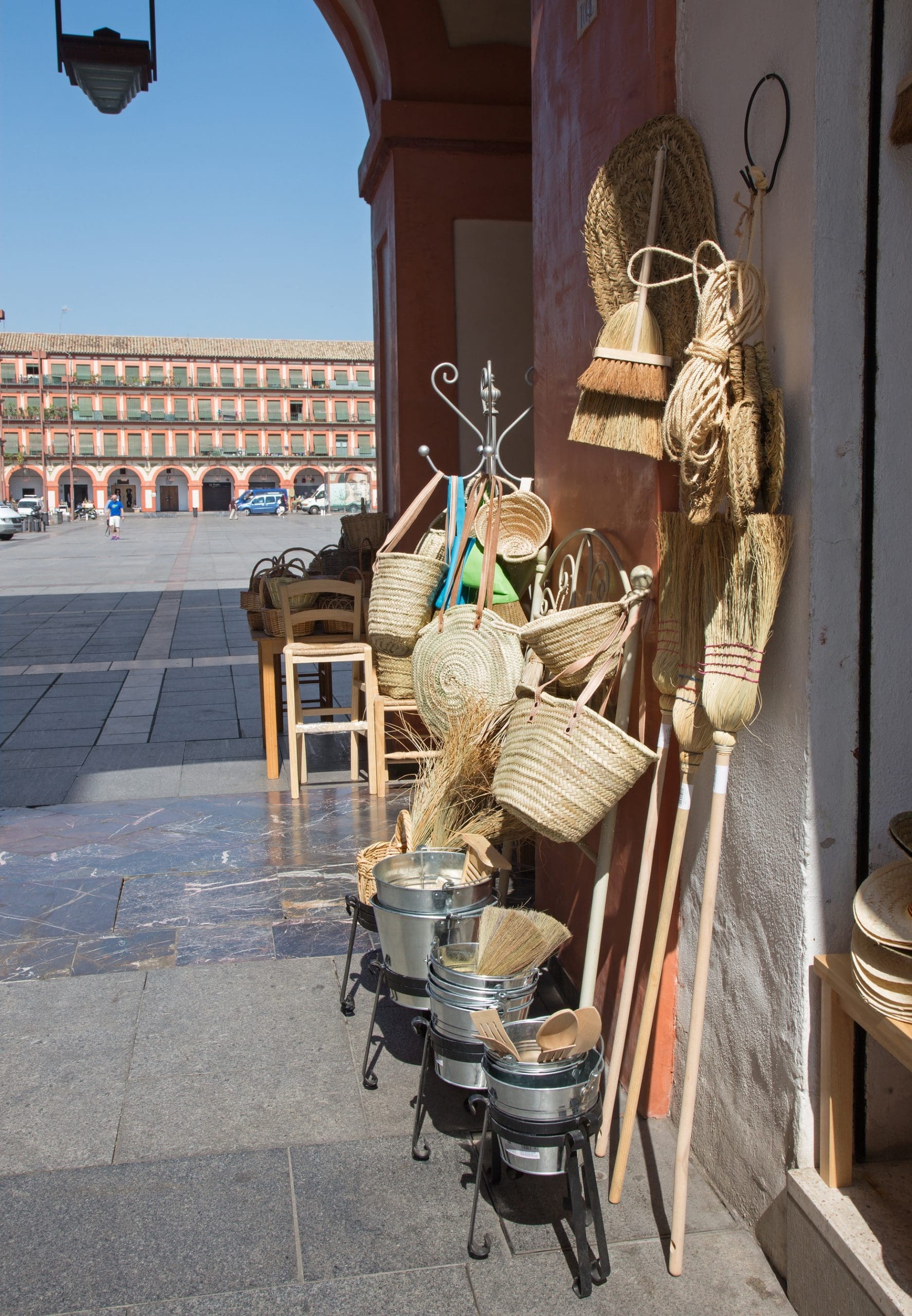
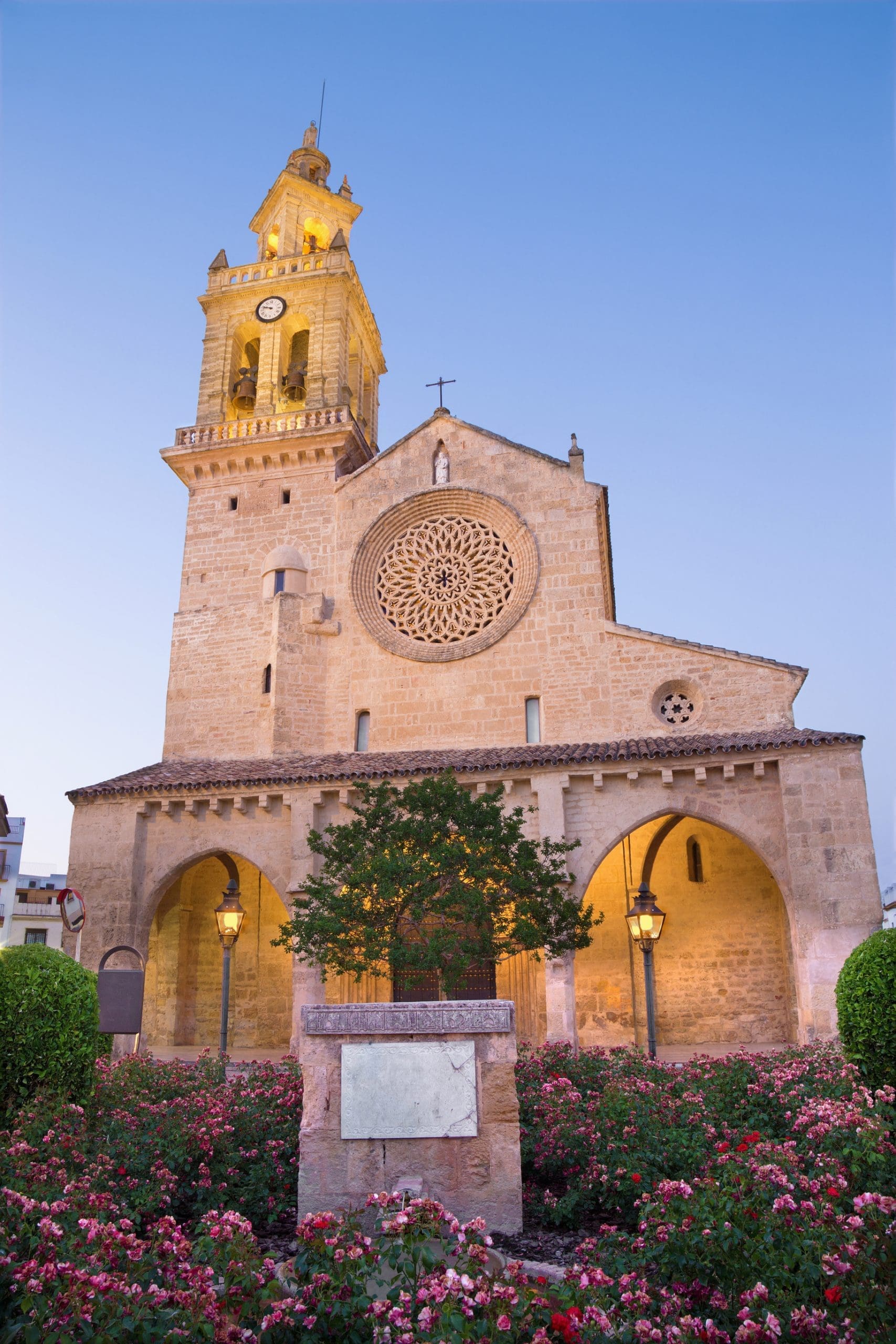
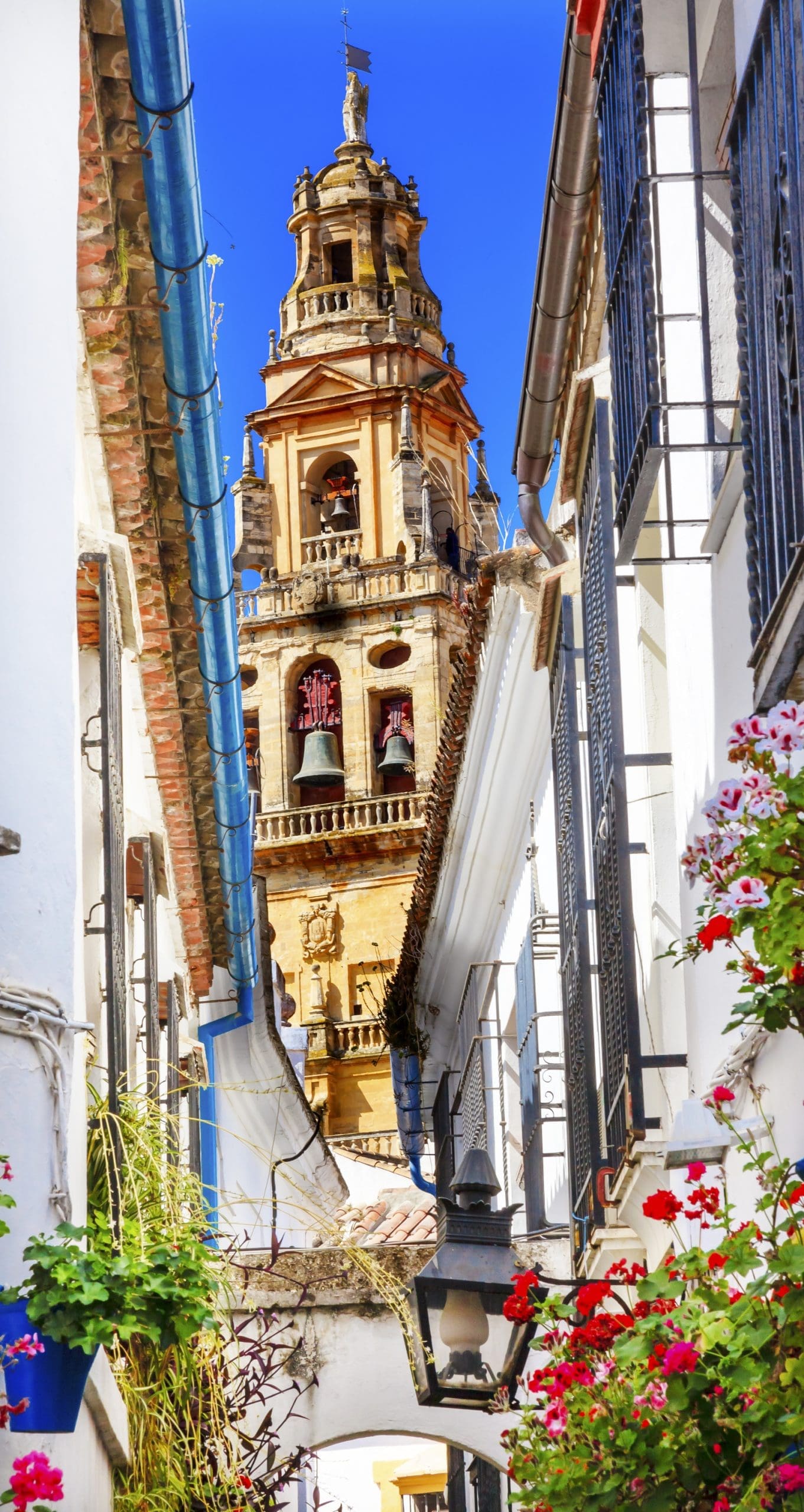
Top 10 of Córdoba
Mosque–Cathedral of Córdoba
A unique temple in the world
Built in 785 by Abd al-Rahman I on the site of a former Visigothic basilica, the Mosque–Cathedral is one of the greatest symbols of the Western Islamic art. With more than 850 columns and two -colored arches, its interior amazes every visitor. In the 13th century, after the Reconquista, a Christian cathedral was added inside, creating a unique building that embodies centuries of coexistence and cultural transformation.
Alcázar of the Christian Monarchs
History among gardens and walls
This imposing complex was commissioned by Alfonso XI in the 14th century and combines defensive austerity with palatial refinement. Its halls have witnessed key moments in history, such as the meetings between Isabella and Ferdinand with Christopher Columbus. The gardens, with fountains, cypress trees and ponds, add serenity to the complex. Its towers offer privileged views of the Guadalquivir River and the monuments of Córdoba.
Jewish Quarter and Synagogue
The Sephardic soul of Córdoba
The Jewish Quarter is one of the most charming neighbourhoods in Córdoba, with narrow alleys, whitewashed houses and courtyards filled with flower pots. An important Jewish community lived here until their expulsion in the 15th century. Inside is the Synagogue, built in 1315 and one of the few remaining in Spain. Its interior preserves Hebrew inscriptions and delicate Mudejar stucco work.
Roman Bridge and Calahorra Tower
A link between centuries and cultures
The Roman Bridge was built in the 1st century BC and has been renovated many times throughout history. It crosses the Guadalquivir River, connecting the historic city with the Campo de la Verdad neighbourhood. At the other end stands the Calahorra Tower, an ancient defensive fortress that now houses the Living Museum of Al-Andalus. At sunset, the whole scene becomes an unforgettable sight.
The Patios of Córdoba
Flowers, tradition and hospitality
Córdoba’s patios are a living expression of popular culture. Every May, during the Festival of the Patios, residents open their homes to showcase authentic inner gardens brimming with colour, fragrance and care. Geraniums, bougainvillea and jasmine adorn whitewashed walls. This intangible heritage offers a unique experience, reflecting Córdoba’s artistic spirit and warm hospitality, where nature and architecture intertwine.
Palace of Viana
Twelve courtyards for a palace
The Palace of Viana is a Renaissance gem combining architectural elegance with lush greenery. Its twelve courtyards, each with its own style, form a journey through centuries of noble history. It also houses a valuable collection of art, tapestries, weapons, books and furniture. A visit here is a journey into the aristocratic life of Córdoba and into the intimate soul of its grand houses.
Medina Azahara
The caliph’s shining city
Founded by Abd al-Rahman III in 936, Medina Azahara was the administrative and residential capital of the Caliphate of Córdoba. Conceived as a symbol of power and splendour, it was built at the foot of the Sierra Morena. Its ruins, although incomplete, allow us to imagine the luxury of its halls, gardens and courtyards. Declared a World Heritage Site, it is one of the most impressive archaeological sites in Spain and a testament to the splendour of Al-Andalus.
Plaza de la Corredera
A traditional square in the south
Plaza de la Corredera is unique in Andalusia due to its rectangular layout and arcades, reminiscent of Castilian town squares. Built in the 17th century, it has been the setting for markets, popular shows and even bullfights. Today it is a vibrant place, with terraces and bars where local life mixes with tourism. Its bustling atmosphere and sober architecture make it an urban icon.
Church of San Lorenzo
A Romanesque–Mudéjar treasure
The Church of San Lorenzo is one of the finest of Córdoba’s so-called “Fernandine churches”, built after the Christian conquest. Rising on the site of a former mosque, it combines Romanesque and Mudéjar elements. Its elegant tower, of clear Islamic inspiration, and its rose window on the façade are particularly striking. Inside, its sober harmony is crowned by a 17th-century high altarpiece.
Calleja de las Flores
A living postcard of Córdoba
Hidden in the heart of the Jewish Quarter, this narrow pedestrian street is one of the most photographed places in Córdoba. Its white walls, adorned with blue pots full of flowers, offer a picturesque setting that culminates in a framed view of the tower of the Mosque-Cathedral. Strolling along it is like taking a short break of serene beauty amid the tourist bustle, and yet another example of the city’s endless charm.
“Córdoba… the city that made marble speak and water sing”
— Antonio Gala, writer from Córdoba
A lyrical phrase that highlights the artistic delicacy of the city, from its architecture to its courtyards.
Related tours
A selection of
the most uniques places
Discover, enjoy and live memorable experiences with us
Want to find out
even more?
CHECK OUT OUR ARTICLES

